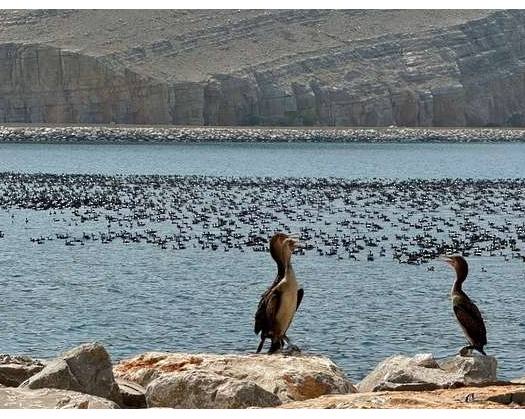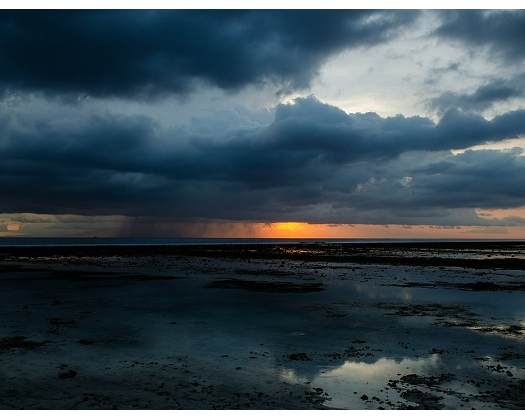Muscat - The Musandam Governorate has been identified as a pivotal seasonal feeding ground for the Socotra Cormorant, a species of bird that is classified as threatened and is endemic to the Arabian Gulf, the southeastern coast of the Arabian Peninsula, and Socotra Island. These migratory birds extend their range as far as the Red Sea and engage in breeding activities on the Socotra Islands in the Indian Ocean.
Engineer Noura bint Abdullah Al Shehhi, who serves as the Head of the Environmental Conservation Department within the Environment Department of the Musandam Governorate, has observed a significant presence of these birds. "Socotra Cormorants are observed along the rocky and sandy coastlines of Musandam from May to September, during which they come to feed," she noted. "In the previous year, approximately 45,000 cormorants were documented in the governorate, attracted by the plentiful sardine populations, which constitute their primary food source."
The Socotra Cormorant is named after its discovery on Socotra Island in Yemen. Adult birds are distinguished by their black plumage, whereas immature cormorants exhibit brown feathers with a distinctive white belly. The bird's slender neck and overall length, which measures around 80 centimeters, facilitate its identification.
Under the leadership of Al Shehhi, the Environment Authority continues to monitor the population of Socotra Cormorants, conducting field studies and surveys, while also addressing potential threats such as marine pollution, coastal development, and hunting, which pose a risk to the survival of this endangered species.
The conservation of the Socotra Cormorant in Musandam remains a top priority for the authority, as it strives to protect the biodiversity of the region in the face of increasing environmental challenges.









